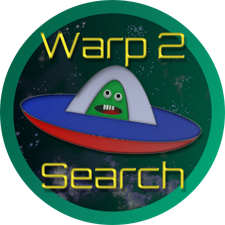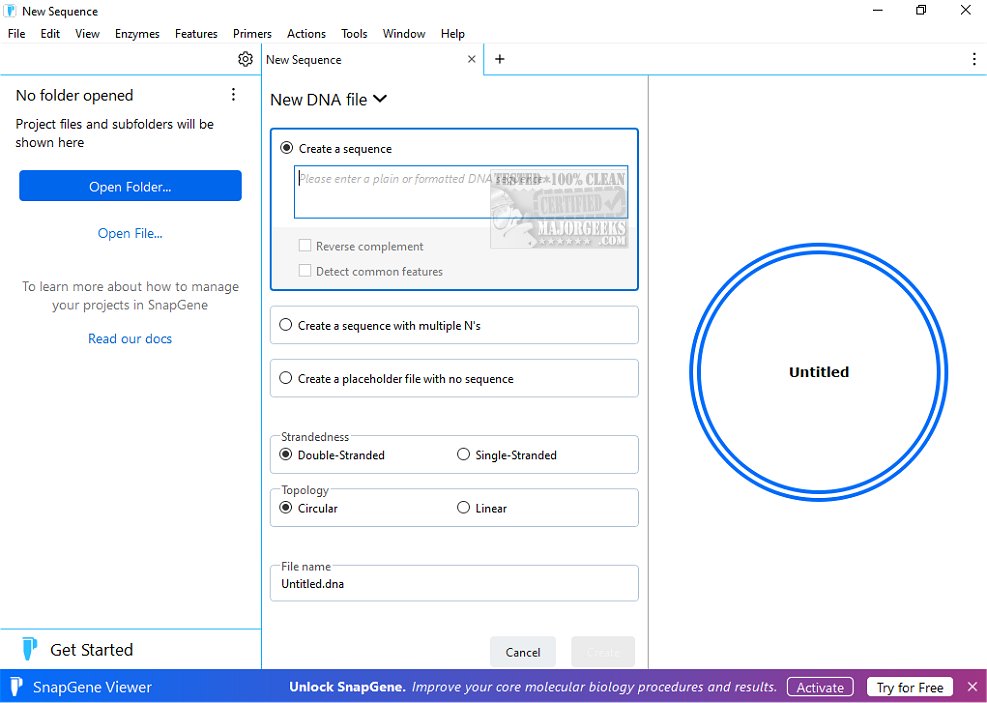SnapGene Viewer has recently released version 8.1.1, enhancing the capabilities of molecular biologists in handling DNA sequence files. This software allows users to create, browse, and share annotated DNA sequences up to 1GB in size, facilitating extensive research and collaboration.
With SnapGene Viewer, users can generate DNA sequences through various methods, including manual entry, importing from GenBank, or opening files in standard formats. The software provides customizable views, such as Map, Sequence, Enzymes, Features, Primers, and History, enabling users to visualize and print sequences along with their annotations. Searching for specific DNA queries, protein translations, or annotations is streamlined, allowing researchers to quickly locate the information they need.
Another significant feature of SnapGene Viewer is its primer design capabilities for PCR, sequencing, or mutagenesis, enabling users to create tailored primers that are automatically annotated. Identifying open reading frames (ORFs) can be done effortlessly with a simple mouse click, aiding in the analysis of sequences and the identification of potential study targets. The software also allows users to export plasmid maps as images or convert annotated DNA sequences to GenBank format, facilitating easy sharing of data in the universally accessible SnapGene format.
In summary, SnapGene Viewer is an invaluable tool for researchers in molecular biology, offering powerful features and a user-friendly interface that enhances the creation, analysis, and annotation of DNA sequences. This efficiency not only accelerates research workflows but also fosters collaboration among scientists. As the demand for precise genetic data management grows, tools like SnapGene Viewer will continue to play a crucial role in advancing genetic research and applications.
Additionally, future updates could further enhance collaborative features, integrate AI for predictive analysis, and expand compatibility with emerging file formats or databases to keep pace with advancements in molecular biology
With SnapGene Viewer, users can generate DNA sequences through various methods, including manual entry, importing from GenBank, or opening files in standard formats. The software provides customizable views, such as Map, Sequence, Enzymes, Features, Primers, and History, enabling users to visualize and print sequences along with their annotations. Searching for specific DNA queries, protein translations, or annotations is streamlined, allowing researchers to quickly locate the information they need.
Another significant feature of SnapGene Viewer is its primer design capabilities for PCR, sequencing, or mutagenesis, enabling users to create tailored primers that are automatically annotated. Identifying open reading frames (ORFs) can be done effortlessly with a simple mouse click, aiding in the analysis of sequences and the identification of potential study targets. The software also allows users to export plasmid maps as images or convert annotated DNA sequences to GenBank format, facilitating easy sharing of data in the universally accessible SnapGene format.
In summary, SnapGene Viewer is an invaluable tool for researchers in molecular biology, offering powerful features and a user-friendly interface that enhances the creation, analysis, and annotation of DNA sequences. This efficiency not only accelerates research workflows but also fosters collaboration among scientists. As the demand for precise genetic data management grows, tools like SnapGene Viewer will continue to play a crucial role in advancing genetic research and applications.
Additionally, future updates could further enhance collaborative features, integrate AI for predictive analysis, and expand compatibility with emerging file formats or databases to keep pace with advancements in molecular biology
SnapGene Viewer 8.1.1 released
SnapGene Viewer allows molecular biologists to create, browse, and share richly annotated DNA sequence files up to 1GB in length.


